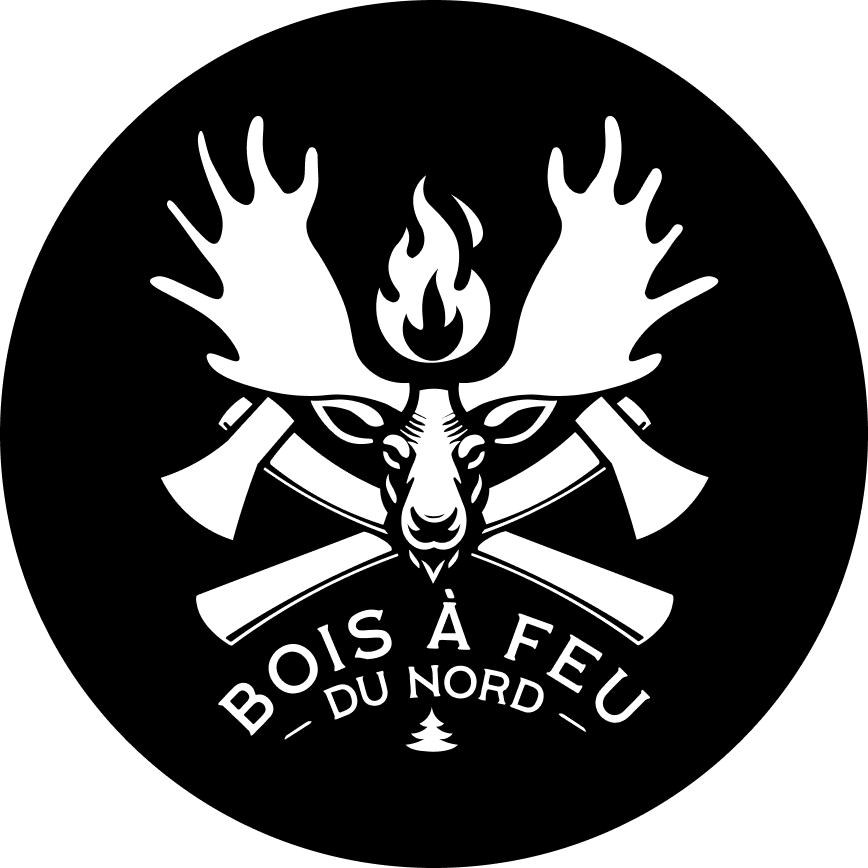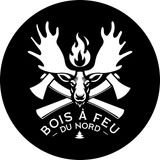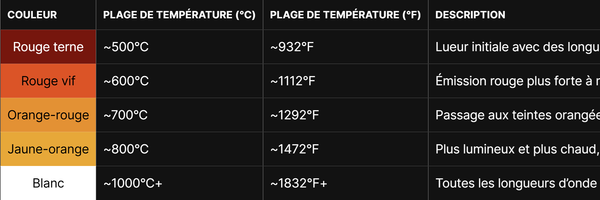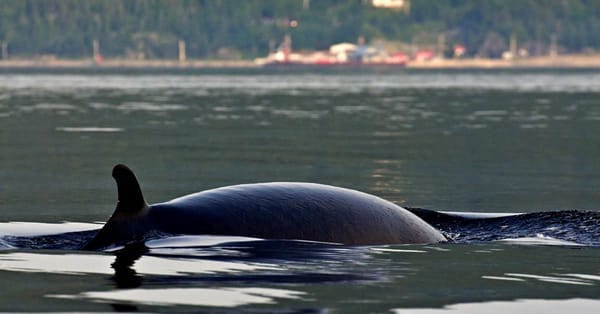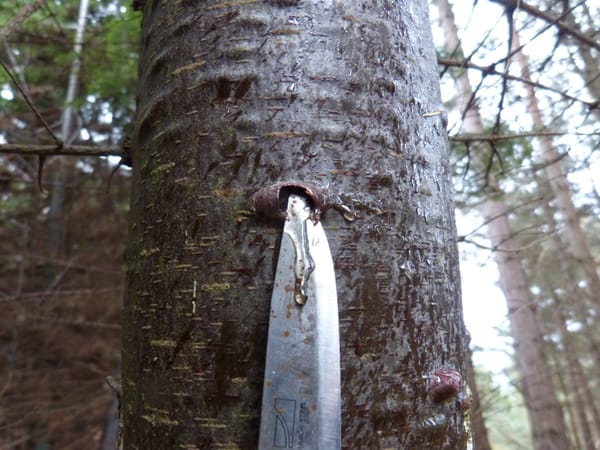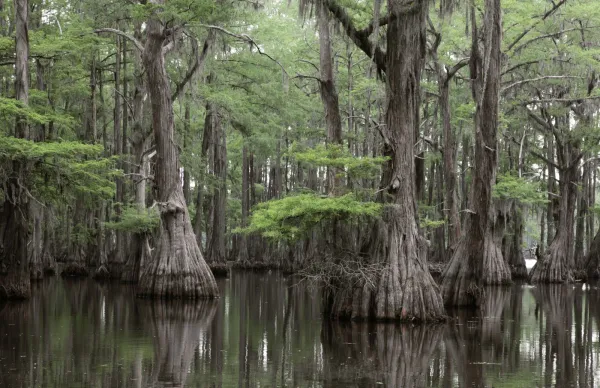How Hot Is Your Fire

Incandescence is the phenomenon where objects emit light when heated. Whether it's glowing wood coals in a campfire or a heated piece of metal in an industrial furnace, the colors we see are direct indicators of an object's temperature. In this post, I'll dive into the science behind incandescence, explain how temperature affects the colors we observe, and demonstrate that these colors are universal, no matter the material.
The Science of Incandescence
When an object is heated, the energy causes its atoms to vibrate more vigorously. As a result, the object begins to emit electromagnetic radiation, a process known as incandescence. This emission follows the principles of blackbody radiation, governed by:
- Planck’s Law: Describes how the intensity of light emitted by a blackbody at a given temperature is distributed across different wavelengths.
- Wien’s Displacement Law: States that as an object's temperature increases, the peak of its emission spectrum shifts to shorter wavelengths. In simple terms, lower temperatures produce predominantly red light, while higher temperatures shift the color through orange, yellow, and eventually white (or blue-white at extremely high temperatures).
Universal Colors of Heat
One of the most fascinating aspects of incandescence is that the colors produced are universal. It doesn't matter whether the glowing object is wood coals or hot metal,the color at a specific temperature will be the same because it depends solely on the temperature and the physical laws of blackbody radiation. For example, a surface at about 600°C will emit a bright red glow regardless of its composition. This universality makes color a reliable indicator of temperature across many applications.
Incandescence Temperature Color Chart
Below is a color-coded chart that displays common incandescence colors along with their corresponding temperature ranges.
| Color | Temperature Range (°C) | Temperature Range (°F) | Description |
|---|---|---|---|
| Dull Red | ~500°C | ~932°F | Initial glow with dominant red wavelengths. |
| Bright Red | ~600°C | ~1112°F | Stronger red emission as temperature rises. |
| Orange-Red | ~700°C | ~1292°F | Shift to orange hues as shorter wavelengths contribute more. |
| Yellow-Orange | ~800°C | ~1472°F | Brighter and hotter, with a broader spectrum emission. |
| White | ~1000°C+ | ~1832°F+ | All visible wavelengths combine to produce white light. |
How Temperature Influences Color
The colors we observe in heated objects result directly from their temperature:
- At Lower Temperatures (~500°C):
The object emits primarily in the red part of the spectrum, resulting in a dull red glow. - As Temperature Increases (600–800°C):
The peak emission shifts to shorter wavelengths. This produces brighter red, then orange-red, and finally yellow-orange hues, reflecting a higher energy state and a broader spectrum of light. - At Very High Temperatures (1000°C+):
The object emits across nearly the entire visible spectrum, which combines to form white light. At even higher temperatures, a blue-white hue may appear, though white is more typical in practical applications such as wood coals or heated metal.
Why Blue Flames Appear in Woodstoves
My incandescence chart covers the glow from hot solids like wood coals, which typically show red to yellow hues (around 500–1000°C). Blue incandescence in solids usually only appears above roughly 1200°C, temperatures that woodstove coals simply don't reach.
So, why do you sometimes see blue in your woodstove flames? That blue comes from the gas phase. In a well-oxygenated fire, excited molecules emit blue light as they cool, a process known as chemiluminescence. This means the blue flickers you see aren’t from the coals glowing blue, but from the combustion gases reacting at high temperatures.
Blue flame is a sign of efficient, complete combustion in the gas phase, not blue incandescence from the coals.
Conclusion
Incandescence reveals a interesting relationship between temperature and light. Whether observing glowing embers or heated metal, the colors emitted are governed by the same principles of blackbody radiation.
I have a keen interest in bladesmithing and blacksmithing and this was something that immediately captured my attention once I learned about it! So, now you should be able to simply glance at your fire and say "yep it's this hot", that's not an ice breaker it's an ice melter 🤓
Want to chat about firewood? Join me on Discord!
Don't forget to checkout my Firewood Calculator and Firewood BTU and Ratings.
